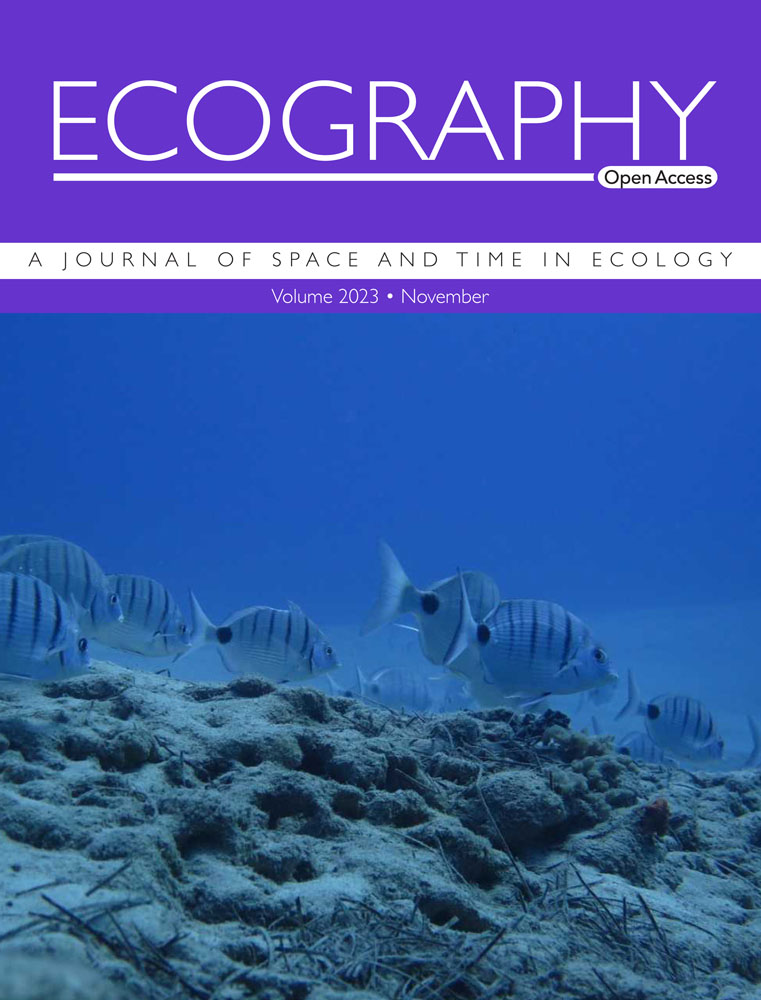Species that invade natural areas have shorter lag times than other naturalized ornamental species
IF 5.4
1区 环境科学与生态学
Q1 BIODIVERSITY CONSERVATION
引用次数: 0
Abstract
Time lags between initial introduction and subsequent naturalization of non-native species are infrequently quantified but are pivotal to address the dynamics of plant invasions. Key outstanding questions are the magnitude of these time lags, how they reflect variation in introduction effort, and whether they tend to be shorter for species known to be invasive. Using ornamental plant nursery catalogues from New Zealand spanning over 130 years, we examined lag times for introduced ornamental plants, contrasting species invasive in natural areas with other naturalized species and accounting for introduction effort. We estimated the date of introduction from the first record in nursery catalogues and calculated the lag time between the first record and the date of naturalization. Introduction effort was estimated using the frequency with which plants were sold across catalogues following introduction. Of the 1395 ornamental species in our nursery catalogue database, 340 (24%) had become naturalized by 2020. Lag times for all naturalized species averaged only 60 years and have not changed significantly over time. Ornamental species that invade natural areas had shorter lag times than other naturalized ornamentals, and this was not explained by the frequency with which a species was listed in nursery catalogues or its life form. New Zealand's world-leading biosecurity regulations limiting the introduction of non-native ornamental plants were only implemented in the last 30 years. Given an average 60-year lag time, this indicates a substantial invasion debt. Therefore, a significant number of species currently grown in private gardens likely have the potential to naturalize and become invasive in the coming decades, particularly those ornamentals that are or have been widely sold. A better understanding of both the historical and contemporary ornamental horticulture market appears essential to disentangle drivers of plant naturalization and their impacts from historical trends and to correctly identify future high-risk species.求助全文
约1分钟内获得全文
求助全文
来源期刊

Ecography
环境科学-生态学
CiteScore
11.60
自引率
3.40%
发文量
122
审稿时长
8-16 weeks
期刊介绍:
ECOGRAPHY publishes exciting, novel, and important articles that significantly advance understanding of ecological or biodiversity patterns in space or time. Papers focusing on conservation or restoration are welcomed, provided they are anchored in ecological theory and convey a general message that goes beyond a single case study. We encourage papers that seek advancing the field through the development and testing of theory or methodology, or by proposing new tools for analysis or interpretation of ecological phenomena. Manuscripts are expected to address general principles in ecology, though they may do so using a specific model system if they adequately frame the problem relative to a generalized ecological question or problem.
Purely descriptive papers are considered only if breaking new ground and/or describing patterns seldom explored. Studies focused on a single species or single location are generally discouraged unless they make a significant contribution to advancing general theory or understanding of biodiversity patterns and processes. Manuscripts merely confirming or marginally extending results of previous work are unlikely to be considered in Ecography.
Papers are judged by virtue of their originality, appeal to general interest, and their contribution to new developments in studies of spatial and temporal ecological patterns. There are no biases with regard to taxon, biome, or biogeographical area.
 求助内容:
求助内容: 应助结果提醒方式:
应助结果提醒方式:


